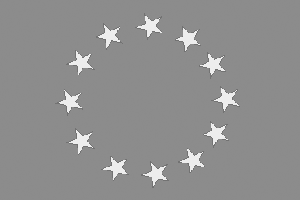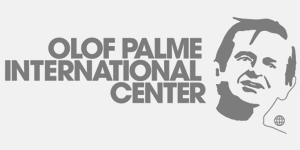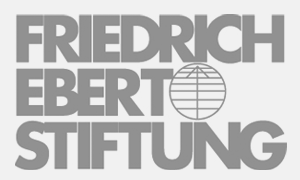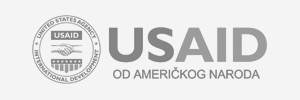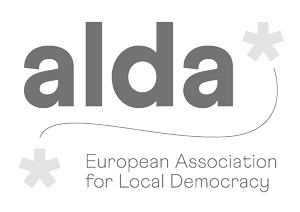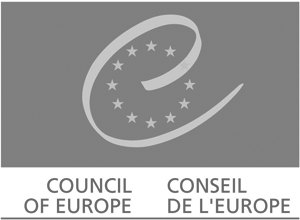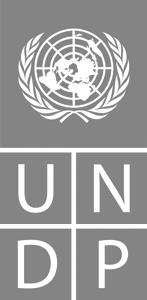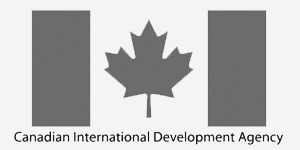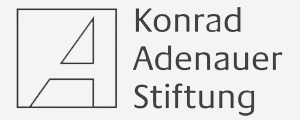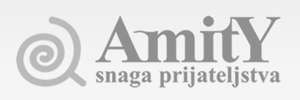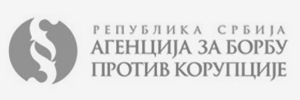Analysis of the Gender Mainstreaming in the Economic Reform Programme for the period 2022-2024 (summary)
SDGs for All Platform
2022.
Author: Sarita Bradaš, Researcher, Center for Democracy Foundation
Summary
The subject of this analysis is gender mainstreaming in the Economic Reform Programme for the period 2022-2024 (ERP). The introduction of this report provides the ERP development process and European Commission and Council of the EU requirements concerning the need to assess key obstacles. It further includes the impact of measures on gender equality and the integration of the gender equality perspective into all measures taken to foster employment and social and health protection. Three aspects were considered.
First, to what extent is the effect on gender equality assessed in identifying key obstacles? We have come to the conclusion that in no area of the ERP are the effects on gender equality assessed in the identification of key obstacles.
Second, does the ERP include the relevant indicators and gender disaggregated data which allow for measuring the gender impact of the proposed measures? We have concluded not a single structural reform provides indicators relative to the following: participation/representation of men and women, access to resources and control over these and social norms and values which are an obstacle to achieving equality. This has resulted in arbitrary assessments of gender impact with respect to 11 measures.
Third, to what extend do structural reforms contribute to reducing gender inequality in employment and social and health protection? We have concluded that despite the significant gender gaps present in all three of the mentioned areas, these gaps remain unidentified. Consequently, by excluding the gender perspective, we have missed out on the opportunity to use this document as a means by which to eliminate the actual causes of gender inequality.
The ERP has not only failed to include the gender perspective but it was written from an androcentric perspective, which increases the risk of reproducing existing gender inequalities and discrimination. Finally, we propose the following, prior to the drafting of the next ERP:
- To organise training for all actors participating in the drafting of the ERP, on the gender mainstreaming cycle and the use of methods and instruments applied in gender mainstreaming, in practice. Training should include the following topics: gender statistics, gender analysis, gender impact assessment, gender budgeting, gender-responsive public procurement, gender indicators, gender monitoring and evaluation.
- To perform participation/representation analysis, access to resources and control over the resources of men and women in all areas of ERP. A precondition of gender analysis is the availability of gender disaggregated data. This is why it is necessary to obtain unavailable or missing gender disaggregated data: in business statistics; in terms of the labour market (registered employment by economic activity and modalities of registered employment; monthly, quarterly and yearly wages); in the business entities register; in the agricultural holdings register, etc.
- To perform an impact assessment on the social and economic positions of women and men, for each structural reform. The aforementioned should include an assessment of whether the implementation of structural reform will have different consequences for women and men, in, for example, access to education, labour market, pensions, wages, taxes, financing, social life, housing, social protection (welfare), health, etc. In identifying the impact of certain measures on women and men, it is necessary to take into account factors of intersectional discrimination (age, ethnicity, place of residence, disabilities and the like).
- It is necessary to redesign or substitute analysed structural reforms identified as having a negative impact on gender or those which will fail to contribute to reducing existing gender inequalities with measures that will contribute to reducing or eliminating gender inequalities.
- Gender-sensitive indicators with defined baseline and target values should be formulated for all gender-relevant measures. The basis for defining gender-sensitive indicators are the data used in the gender analyses.
Analysis of the Gender Mainstreaming in the Economic Reform Programme for the period 2022-2024 (in Serbian)
Document/publication was produced within the “SDG For All” Platform, supported by the Governments of Switzerland and Germany and implemented by Deutsche Gesellschaft für Internationale Zusammenarbeit (GIZ) GmbH.
For further information please contact info@sdgs4all.rs
EVENTS
HIGHLIGHTS
2025-03-20 | Brussels
Democracy in the Western Balkans: Citizens Take the Lead
CURRENT PROJECTS
PUBLICATIONS
 New Monitoring Report by the “SDGs for All” Platform: Is the End Goal in Sight?
New Monitoring Report by the “SDGs for All” Platform: Is the End Goal in Sight?
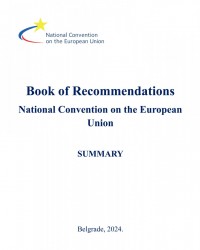 NCEU Book of Recommendations 2024 (Summary)
NCEU Book of Recommendations 2024 (Summary)
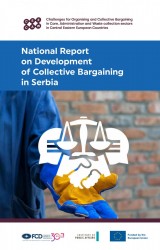 National reports on collective bargaining in Serbia - CEECAW
National reports on collective bargaining in Serbia - CEECAW
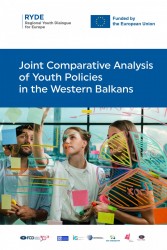 The Comparative Analysis of Youth Policies in the Western Balkans (WB)
The Comparative Analysis of Youth Policies in the Western Balkans (WB)
 Unlocking Collective Bargaining Power in Three Sectors: A Call to Action
Unlocking Collective Bargaining Power in Three Sectors: A Call to Action
 Western Balkans Youth in Policy Making Processes
Western Balkans Youth in Policy Making Processes
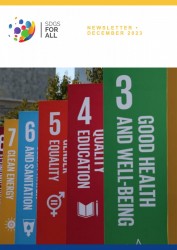 SDGs for All Platform newsletter (December 2023)
SDGs for All Platform newsletter (December 2023)
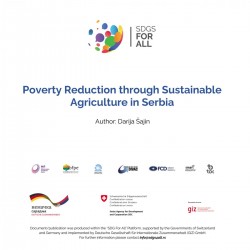 Analysis: Poverty Reduction Through Sustainable Agriculture in Serbia (with Summary)
Analysis: Poverty Reduction Through Sustainable Agriculture in Serbia (with Summary)
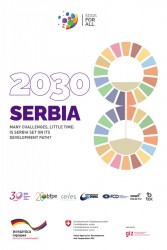 Serbia 2030 - Many challenges, little time: Is Serbia set on its development path?
Serbia 2030 - Many challenges, little time: Is Serbia set on its development path?
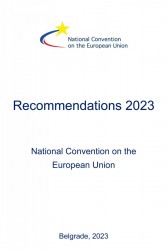 NCEU Recommendations 2023
NCEU Recommendations 2023
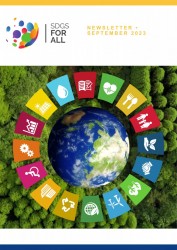 SDGs for All Platform newsletter (September 2023)
SDGs for All Platform newsletter (September 2023)
 POLITEIA Regional School for Youth Participation 2023 (leaflet)
POLITEIA Regional School for Youth Participation 2023 (leaflet)
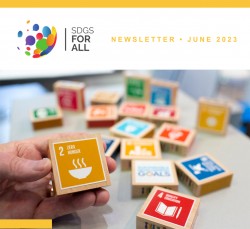 SDGs for All Platform newsletter (June 2023)
SDGs for All Platform newsletter (June 2023)
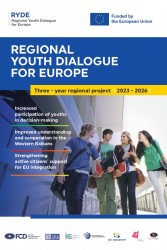 Regional Youth Dialogue for Europe (leaflet)
Regional Youth Dialogue for Europe (leaflet)
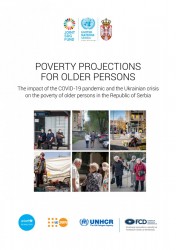 Poverty Projections for Older Persons
Poverty Projections for Older Persons
 The Impact of the Global Crisis on Vulnerable Groups
The Impact of the Global Crisis on Vulnerable Groups
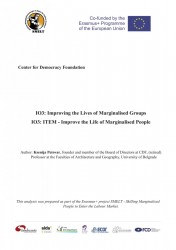 Improving the Lives of Marginalised Groups
Improving the Lives of Marginalised Groups
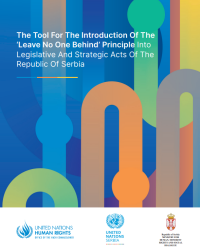 The Tool For The Introduction Of The ‘Leave No One Behind’ Principle Into Legislative And Strategic Acts Of The Republic Of Serbia
The Tool For The Introduction Of The ‘Leave No One Behind’ Principle Into Legislative And Strategic Acts Of The Republic Of Serbia








